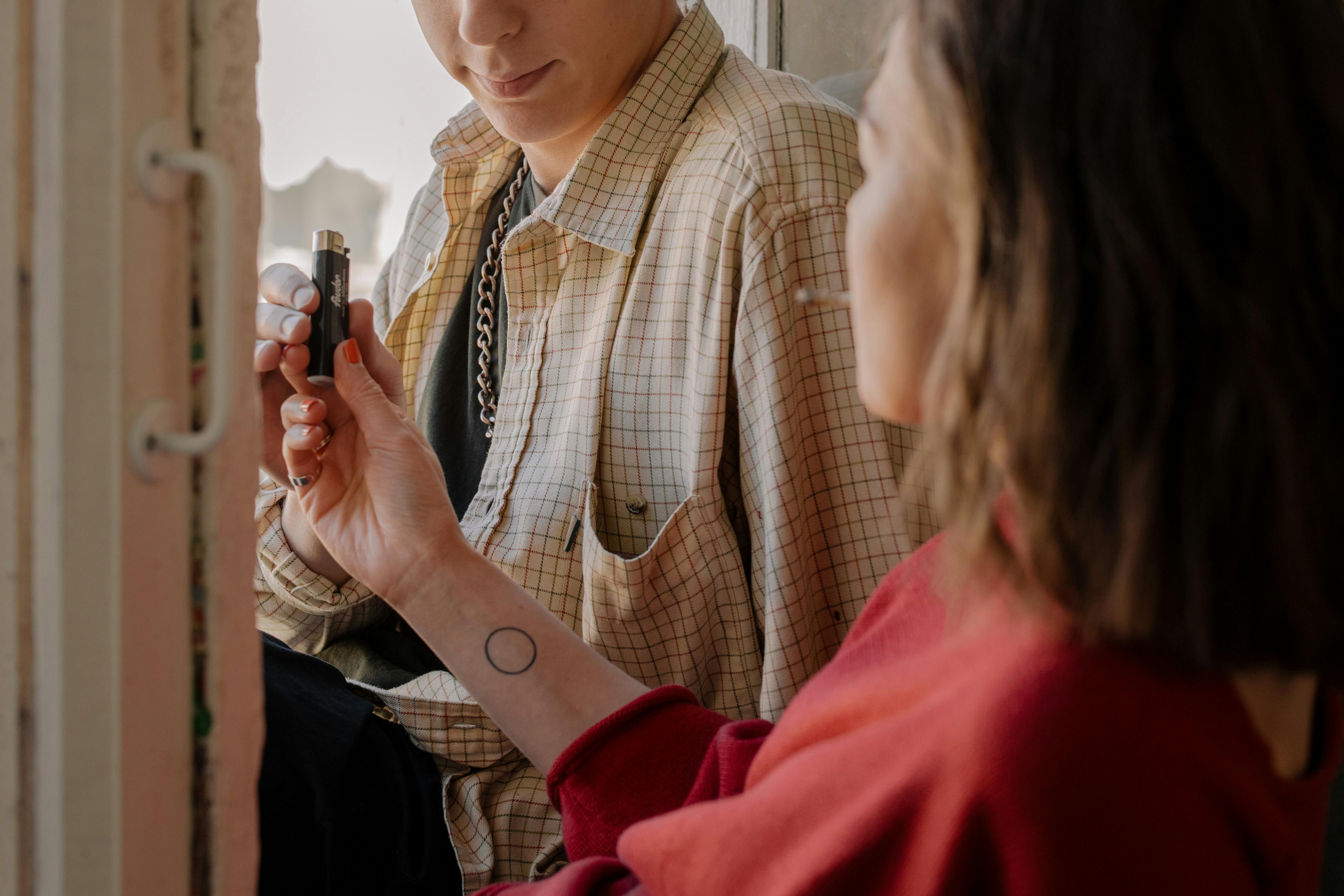1. Get your house back!
Gather everyone old enough and give each one a large laundry basket, box, or even a good-sized trash bag. It’s time to free you and your house!! Send everyone to their room and tell them they can’t leave until their bag is full of unwanted items. If your kids are too young or too attached to every little thing, ask dad to take them to the park for a couple of hours while you do the dirty work.
You can start in the office/craft room and don’t be afraid to grab another bag if you need it, but be sure to carefully select items you don’t want; remember that some things can be good resources for this school year. Personally, I prefer broken, decorative items that take up space first. I also find books, games and materials that my son no longer has. Drawers, cabinets, and shelves are a huge hot spot for clutter. Remember, whatever you put in that bag is one more thing you will NEVER have to pick up off the floor again!
Tip: Inspire your children by giving a prize to whoever gets rid of the most stuff. Quickly talk to your children and make sure they understand what is appropriate to throw away. You may have to review everything before final approval. Last year my son threw everything from his dresser into his bag so he could get over his dad!
2. Turn a little trash into cash
After you’ve stacked all of these items in one place, you can talk to your family about having a garage sale. If there’s enough stuff, this is a great way to pay for some of those fun new-for-school items. I have a garage sale every year and try to get rid of as many as possible. Just last year I made about $375 on a hot Saturday in August, but it was worth it (you should see what a great curriculum I ended up with)! You can bring anything you don’t sell to your local Salvation Army at the end of the sale day. Be sure to get a donation slip from them, as you can deduct the donation from your taxes as a charitable contribution.
Very important! Take your unsold items to The Salvation Army immediately. . . Don’t leave the extras lying around because you’ll only end up with a headache afterwards! This I learned from personal experience. I stumbled across a bag of donation items for 6 months before throwing it in the car and getting rid of it!
3. Face the dust bunnies
Now that all that mess is out the door, let’s clean up the house. Instead of a Spring Cleaning Day, my family has the annual “Summer Sundowner.” We clean the first Saturday in September and we don’t stop until the house is spotless, even if the sun goes down! We order pizza, put on music and have fun with it. The person who works the hardest chooses the fun place we go to the next day.
Here are some ways to inspire children to help you:
* Collect loose change. You know that when you do the laundry, turn the cushions on the sofa or move the furniture to vacuum, you always find loose change. Keep a large jar in the living room where everyone can drop in any change they find as they clean up. Pick something fun ahead of time to buy with the money (like candy or ice cream cones or even a fun trip to the zoo). Sometimes I even hide a few extra coins for them to find to keep them motivated. It’s so funny to see my son’s face when he discovers the extra fifty cents I put under the coffee table!
* Key cleaning. Write a checklist of the tasks your children need to complete that day and give it to them. Every time they finish a task, they can bring their list to you and you can check off the item. In exchange for the check, give your kids a “hint.” This can be a clue as to where a special thank you gift has been hidden, a clue as to what the gift might be, a clue as to where you’re going for dinner that night, whatever gets them excited! If you’re feeling really artistic, you could draw a map that leads your kids to hidden treasure. Just cut it into puzzle pieces and hand out a map piece for every check mark your kids earn. Of course, make sure your kids don’t accidentally stumble upon the hidden treasure while cleaning up!
4. Simplified organization
Now that you’ve purged all the extras and cleaned up the broken crayons and spilled paint, take a look at organizing things. Each of us knows that we have our problem areas. Mine are the dirty clothes in the bedrooms, my son’s “school zone” and the scariest of all. . . the Office/Craft area. These are the items I bought to solve my messy problems:
* New laundry hampers and laundry hampers. Yeah, all the filthy, half-broken ones when they come out with the trash! I couldn’t believe that such a small change could make me smile so much!
* Two dozen (yes, two dozen) shoe-sized plastic boxes with lids. I found them at Wal-Mart for a dollar each. Twenty-four dollars can buy you a lot of freedom. I know twenty-four sounds like a lot, but once you take them home you’ll see that everything seems to belong to one.
* Four large plastic containers with lids. I put all the summer camp gear in these bins and stored them in the garage; I sorted the Arts and Crafts supplies in the office; I organized the additional elements of the curriculum that I was not going to use yet; and (most importantly) I put this year’s syllabus and materials in the last one and kept it handy. I also used a couple smaller plastic containers to help keep the boxes organized.
* A pack of thirty-six labels. I used them to label each of the bins I bought and a couple other boxes on the shelves. Keep the label on the boxes stacked and make your labels as descriptive as possible. This way, you’ll avoid searching through box after box for that one item you can’t seem to find!
* An old shoebox. Last but not least, my son’s “school zone” was tackled with plastic bins for extras and an old shoe box. The shoe box is becoming a tradition in my house. I cover it with white paper (old birthday or Christmas paper turned over) or a paper bag and then he draws what he wants on it. We use this box as his school box. We always keep the following items in it: three freshly sharpened pencils, a large eraser, crayons, ruler, tally bars, and a few others depending on what we are doing. To make your own school box, just think of all the things your kids need every day and keep them in their own box. This will save you a lot of time and frustration that would have been spent trying to find everything you need every day.
5. Make a game plan with the kids
This is a perfect time to talk with children and see what they want to learn. I love giving my son the choice of a major topic (per quarter or semester, depending on what interest we have) and we use units of study and some creativity to cover some of the basics. Depending on the age of your children, this does not have to be a very complicated topic. This year my son said that he would like to learn more about sharks (he has had a crush on them since “Finding Nemo”).
6. Printable resources to simplify lesson planning!
Lesson plans are a great place to start. The more you know about what you will be doing during the year, the more specific you can be about your school supplies. If you are using a comprehensive curriculum, you will already have most of the specific materials you will need. On the other hand, if you’re more like me and like to take it a little slower, check out our homeschooling printables page and try our Blank Goal Sheet. I like to start each year with this, because it helps me decide what I want my children to accomplish during the year.
7. Shop ’til you drop!
After completing the goal sheet, use the money from the garage sale to put a dent in your back-to-school list.
8. Schedules prepared
Whether you’re a traditional homeschooler or an Unschooler, schedules can help keep you on track. Here are some great examples of printable homeschooling schedules that successful homeschooling moms have shared with me.
9. Take the sting out of record planning
The more I look into record planning software, the more I realize that the perfect one hasn’t been created yet. So after going through the top recommended ones, I was very disappointed. They weren’t very easy to use and they all seemed too complicated and boring. While I keep my fingers crossed that the perfect computer program hits the market, I’ll stick with what works for me. Depending on the laws in your state, you can also customize this to your needs! I buy a 3 ring binder per child. I color code and give each child the color of her choice. You can buy matching folders and other things to give to each of your children. Then I start with the core subjects and other important information for the school year. I have made some examples that you can print out and use or copy as the beginning of your own record keeping information. I keep these files on the computer and write them daily or weekly (or whenever I have time to). I print them out and put them in the folder. This is the part of the boring paperwork that we all have to put up with. Fortunately, there’s a fun way to track the positive side of your child’s homeschool year. Scrapbooking is a great way to get everyone involved in the fun.
10. Kick back, smile, and have a picnic at your local park!
Thanks for listening and I hope this helps you on your homeschooling journey!




